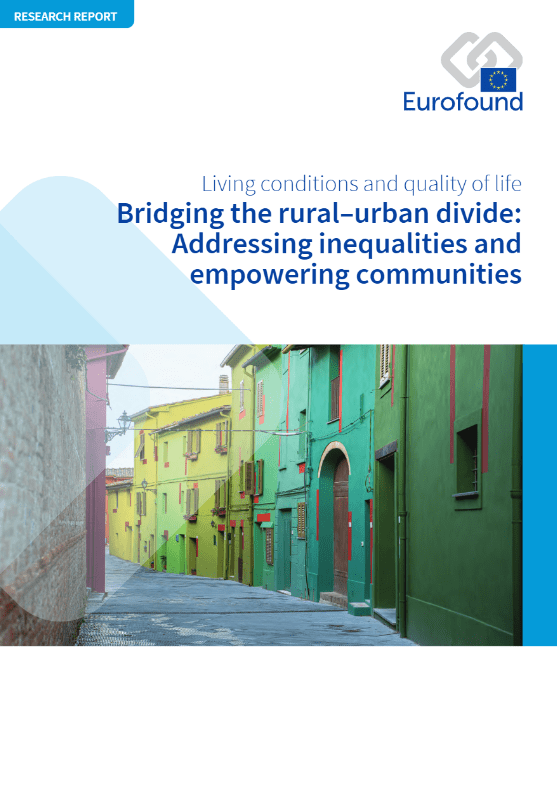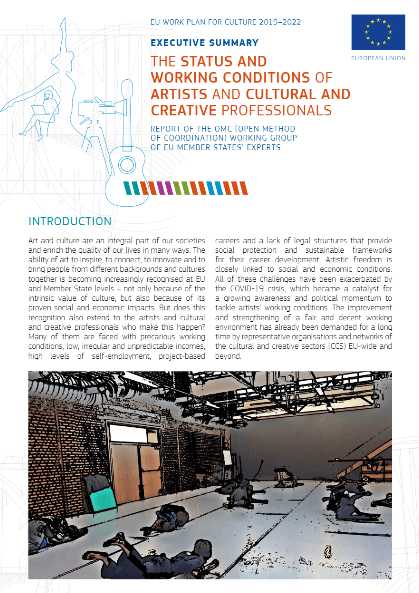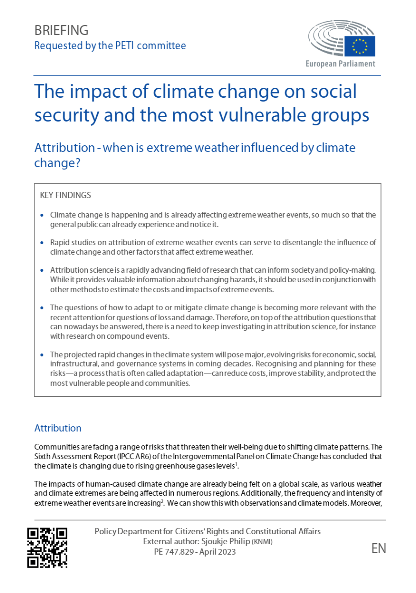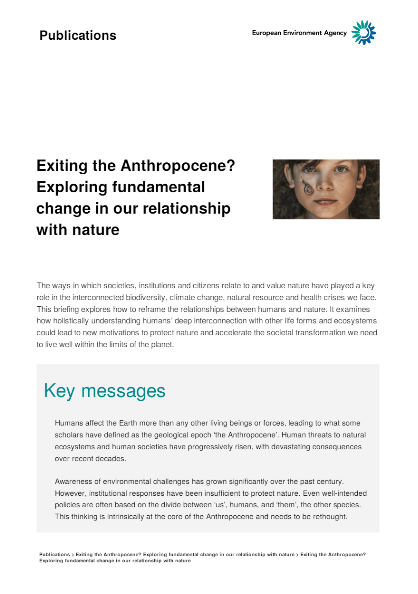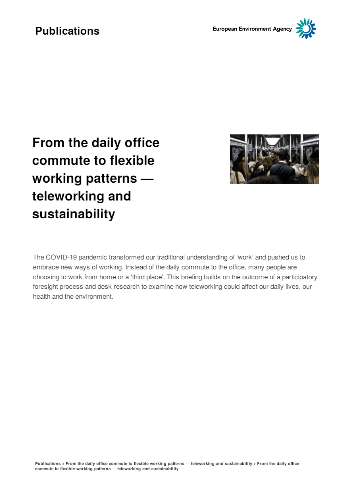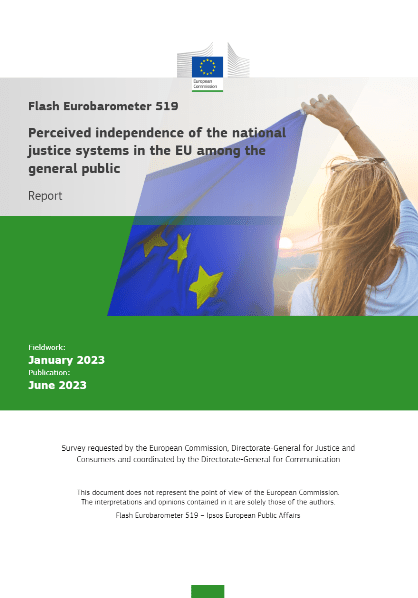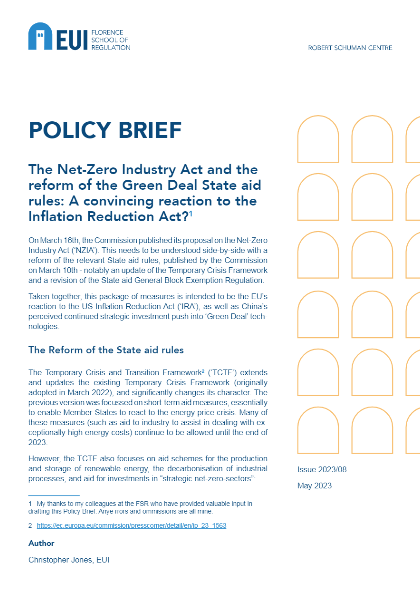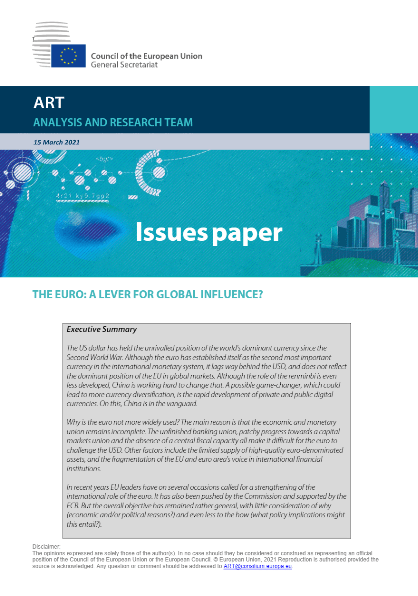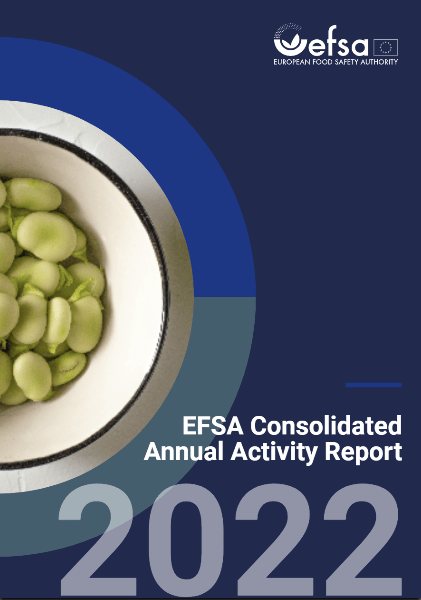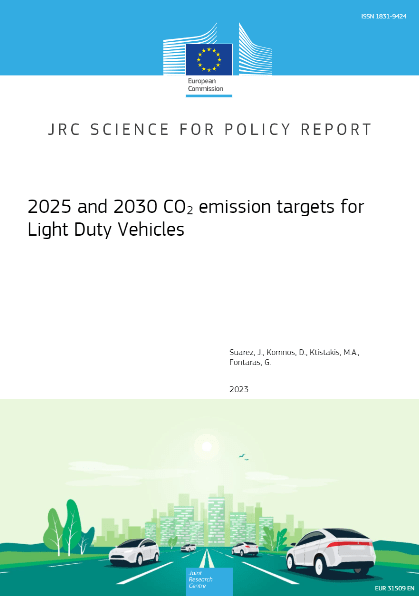
El Tratado de Lisboa estableció la cohesión territorial como tercera dimensión de la cohesión europea.
[Leer Más]Art and culture are an integral part of our societies and enrich the quality of our lives in many ways. The ability of art to inspire, to connect, to innovate and to bring people from different backgrounds and cultures together is becoming increasingly recognised at EU and Member State levels – not only because of the intrinsic value of culture, but also because of its proven social and economic impacts. But does this recognition also extend to the artists and cultural and creative professionals who make this happen? Many of them are faced with precarious working conditions, low, irregular and unpredictable incomes, high levels of self-employment, project-based careers and a lack of legal structures that provide social protection and sustainable frameworks for their career development. Artistic freedom is closely linked to social and economic conditions. All of these challenges have been exacerbated by the COVID-19 crisis, which became a catalyst for a growing awareness and political momentum to tackle artists’ working conditions. The improvement and strengthening of a fair and decent working environment has already been demanded for a long time by representative organisations and networks of the cultural and creative sectors (CCS) EU-wide and beyond.
[Leer Más]Climate change is happening and is already affecting extreme weather events, so much so that the general public can already experience and notice it. Rapid studies on attribution of extreme weather events can serve to disentangle the influence of climate change and other factors that affect extreme weather. Attribution science is a rapidly advancing field of research that can inform society and policy-making. While it provides valuable information about changing hazards, it should be used in conjunction with other methods to estimate the costs and impacts of extreme events. The questions of how to adapt to or mitigate climate change is becoming more relevant with the recent attention for questions of loss and damage. Therefore, on top of the attribution questions that can nowadays be answered, there is a need to keep investigating in attribution science, for instance with research on compound events. The projected rapid changes in the climate system will pose major, evolving risks for economic, social, infrastructural, and governance systems in coming decades. Recognising and planning for these risks—a process that is often called adaptation—can reduce costs, improve stability, and protect the most vulnerable people and communities.
[Leer Más]The ways in which societies, institutions and citizens relate to and value nature have played a key role in the interconnected biodiversity, climate change, natural resource and health crises we face. This briefing explores how to reframe the relationships between humans and nature. It examines how holistically understanding humans deep interconnection with other life forms and ecosystems could lead to new motivations to protect nature and accelerate the societal transformation we need to live well within the limits of the planet.
[Leer Más]The COVID-19 pandemic transformed our traditional understanding of ‘work’ and pushed us to embrace new ways of working. Instead of the daily commute to the office, many people are choosing to work from home or a ‘third place’. This briefing builds on the outcome of a participatory foresight process and desk research to examine how teleworking could affect our daily lives, our health and the environment.
[Leer Más]This Flash Eurobarometer survey explores EU citizens’ perceptions about the independence of the judiciary across the 27 EU Member States. The survey was commissioned by the European Commission’s Directorate-General for Justice and Consumers and follows previous surveys on this topic conducted yearly since 2016. The results of these surveys feed into the EU Justice Scoreboard, which provides data on the efficiency, quality, and independence of national justice systems –essential parameters of effective justice systems. Effective justice systems are essential for implementing EU law and for upholding the rule of law and the values upon which the EU is founded. Effective justice systems are also essential for mutual trust, the investment climate and the sustainability of long-term growth.
[Leer Más]On March 16th, the Commission published its proposal on the Net-Zero Industry Act (‘NZIA’). This needs to be understood side-by-side with a reform of the relevant State aid rules, published by the Commission on March 10th – notably an update of the Temporary Crisis Framework and a revision of the State aid General Block Exemption Regulation. Taken together, this package of measures is intended to be the EU’s reaction to the US Inflation Reduction Act (‘IRA’), as well as China’s perceived continued strategic investment push into ‘Green Deal’ technologies.
[Leer Más]The US dollar has held the unrivalled position of the world’s dominant currency since the Second World War. Although the euro has established itself as the second most important currency in the international monetary system, it lags way behind the USD, and does not reflect the dominant position of the EU in global markets. Although the role of the renminbi is even less developed, China is working hard to change that. A possible game-changer, which could lead to more currency diversification, is the rapid development of private and public digital currencies. On this, China is in the vanguard. Why is the euro not more widely used? The main reason is that the economic and monetary union remains incomplete. The unfinished banking union, patchy progress towards a capital markets union and the absence of a central fiscal capacity all make it difficult for the euro to challenge the USD. Other factors include the limited supply of high-quality euro-denominated assets, and the fragmentation of the EU and euro area’s voice in international financial institutions. In recent years EU leaders have on several occasions called for a strengthening of the international role of the euro. It has also been pushed by the Commission and supported by the ECB. But the overall objective has remained rather general, with little consideration of why (economic and/or political reasons?) and even less to the how (what policy implications might this entail?).
[Leer Más]This report provides an overview of the key activities and achievements of EFSA over the past year, as well as the challenges the Authority has faced in fulfilling its mission to help ensure food safety in the EU and beyond. Marking EFSA’s 20th anniversary, 2022 also saw some new beginnings. With the easing of the SARS-CoV-2 pandemic, staff gradually returned to the office, and measures were adopted to support hybrid working. Based on the lessons learnt during the previous two years of mostly remote operations, the Authority has assessed how this experience can be used to make EFSA’s ways of working more fit for future challenges.
[Leer Más]Road transport is the main contributor to transport emissions of carbon dioxide (CO2) in the European Union (EU), with passenger cars and light commercial vehicles (LCVs) accounting for almost 15% of the total emissions. In order to gradually decarbonise the fleet, the EU has established fleet-wide CO2 targets for annually registered vehicles, assigning manufacturer specific targets based on their average vehicle mass. From 2025, new EU fleet-wide targets will be established applying a percentage reduction to a reference 2021 EU fleetwide target. This value is calculated from the vehicles’ CO2 emissions for 2020 and the mass and registration figures of 2021. In 2025, the reduction will be 15% for both passenger cars and LCVs, while for 2030 it will increase to 55% and 50%, respectively, following the recent adoption of the more ambitious targets. This report provides the robust method used to calculate the EU fleet-wide targets in 2025 and 2030 and the parameters that will define the manufacturers’ specific target line from 2025 onwards. The EU fleet-wide targets calculated for 2025 are 93.6 g/km for passenger cars and 153.9 g/km for LCVs. For 2030, the EU fleet-wide targets will be reduced to 49.5 g/km for passenger cars and 90.6 g/km for LCVs. The slope of the target line for 2025 will be -0.0144 g/(km∙ kg) for passenger cars and 0.0848 g/(km∙ kg) for LCVs, while for 2030 the slope will be – 0.0076 g/(km∙ kg) and 0.0499 g/(km∙ kg), respectively. An indicative 2025 average test mass of 1,609.6 kg for cars and 2,163.0 kg for LCVs, was calculated.
[Leer Más]- « Anterior
- 1
- …
- 8
- 9
- 10
- 11
- 12
- …
- 1.777
- Siguiente »

